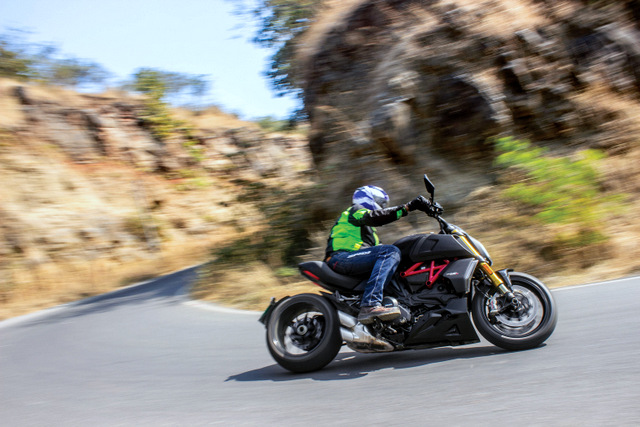
We are astride the sporty variant of Ducati’s “not-a-cruiser” here on home soil to see if it is a suitable fit for the Indian market [Read more…] about Ducati Diavel 1260 S First Ride Review: Dark Necessities
Best Bikes in India | No.1 Two Wheeler Magazine

So you’re stuck at home dreaming about your next two-wheeled adventure once this Coronavirus lockdown is a thing of the past, but which of these mini adventure bikes should you take along? Time for a shootout!

Harley-Davidson have created a Special version of their Low Rider model. They invited us to San Diego, California, to see what it was all about [Read more…] about Harley-Davidson Low Rider S First Ride Review: Streetwise Softail
We rode, what is perhaps, Hero Motocorp’s most important new motorcycle model – the Hero Passion Pro 110 BS6 at the CIT – the company’s research, development and testing facility located in Jaipur.
Ather seek to bring the heat to the EV space with the new 450X and its Warp mode. Naturally curious, we went to Bengaluru for a first-hand experience.
 [Read more…] about Ather 450X First Ride Review – On a Warp-ath
[Read more…] about Ather 450X First Ride Review – On a Warp-ath